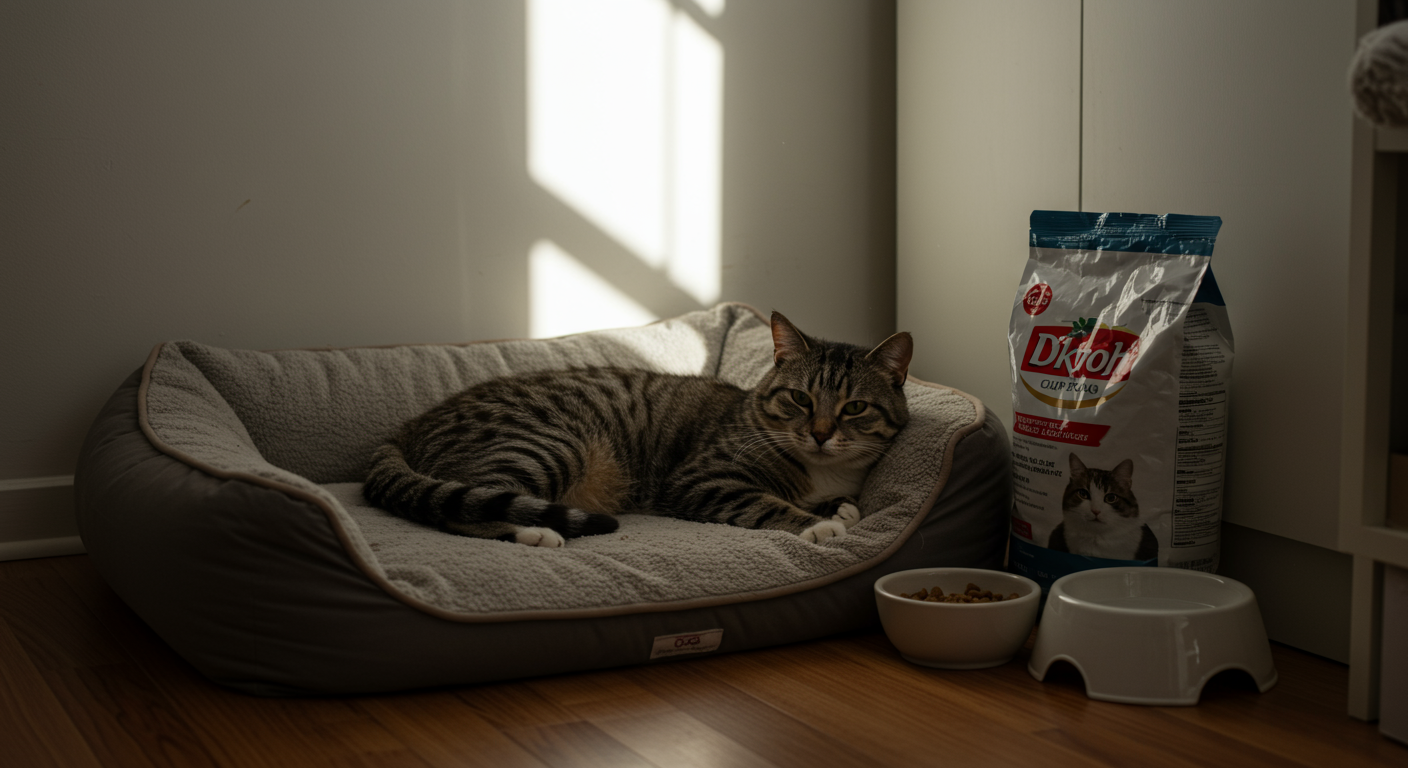As experienced cat parents, you're likely familiar with the dreaded hairball. More than just a nuisance, frequent hairballs can indicate underlying health issues and discomfort for your feline friend. This guide dives deep into the causes, effective prevention strategies, and solutions for managing hairballs, ensuring your cat's comfort and well-being.

Deep Dive into Cat Hairballs for Advanced Pet Parents
Hairballs, or trichobezoars, form when cats groom themselves and ingest loose fur. While occasional hairballs are normal, frequent occurrences can be a sign of excessive grooming, dietary issues, or underlying health concerns. Understanding the root causes is the first step toward effective management.
Advanced Strategies and Insights
- Dietary Adjustments: Certain cat foods are formulated to help manage hairballs. These often contain higher fiber content, which aids in moving hair through the digestive tract. Look for brands that specifically promote hairball control. Consider incorporating wet food into your cat's diet, as it provides additional hydration, which can also help prevent hairballs.
- Grooming Techniques: Regular grooming is crucial. Brushing your cat several times a week removes loose fur before it can be ingested. Use a deshedding tool to remove loose fur. The Furminator Deshedding Tool is a popular and effective option. This helps reduce the amount of fur your cat swallows, minimizing hairball formation.
- Environmental Enrichment: Boredom can lead to excessive grooming. Provide a stimulating environment with interactive toys, cat trees, and scratching posts. This keeps your cat entertained and reduces the likelihood of over-grooming.
Optimizing Your Cat's Health
- Hairball Remedies: Various remedies can help manage hairballs. Hairball treats, which often contain lubricating agents like mineral oil or petroleum jelly, can help hair pass through the digestive system. Hairball-control formulas are also available in different forms, such as treats and wet food. Consider consulting with your veterinarian about which is best for your cat.
- Hydration: Ensuring your cat stays well-hydrated can also help. Provide fresh water at all times. Some cats prefer drinking from a running water fountain, which encourages them to drink more.
Case Study: Achieving Reduced Hairballs with Your Cat
Let's look at a case study. A six-year-old Persian cat, Mittens, was experiencing hairballs several times a week. The owner implemented a combination of strategies: daily brushing with the Furminator Deshedding Tool, switching to a hairball-control diet (specific brand reviewed with vet), and providing more interactive play. Within a month, the frequency of Mittens' hairballs decreased significantly, and Mittens showed signs of increased comfort and vitality. [[COMMERCIAL_1]]
Navigating Complex Pet Challenges
- Underlying Health Issues: Frequent hairballs can sometimes indicate underlying health issues such as allergies, gastrointestinal problems, or parasites. If your cat's hairballs are accompanied by other symptoms like vomiting, lethargy, loss of appetite, or changes in bowel movements, consult your veterinarian immediately.
- Dietary Allergies: Food allergies can sometimes cause increased grooming, leading to more hair ingestion. If you suspect a food allergy, your vet can recommend an elimination diet to identify the culprit.
Integrating Advanced Care Practices
- Proactive Grooming Schedule: Establish a consistent grooming routine. For long-haired breeds, daily brushing might be necessary. Short-haired breeds may benefit from brushing a few times a week.
- Monitor and Adapt: Pay close attention to your cat's behavior and adjust your approach as needed. If one method isn't working, try another. Keep a log of hairball frequency, diet, and any changes you make.
Long-Term Wellness & Longevity Tips
- Regular Veterinary Check-ups: Routine check-ups are essential for catching any underlying health issues early. Your vet can also provide personalized recommendations for hairball management.
- Stress Management: Stress can sometimes contribute to over-grooming. Create a calm and comfortable environment for your cat. Pheromone diffusers can help reduce stress levels.
Expert-Level Cat Care Insights
Managing cat hairballs effectively requires a proactive and informed approach. By understanding the causes, implementing prevention strategies, and addressing any underlying health concerns, you can significantly improve your cat's quality of life. Remember to consult with your veterinarian for personalized advice and treatment options. With diligent care and attention, you can help your feline friend stay healthy, happy, and hairball-free. [[COMMERCIAL_2]]